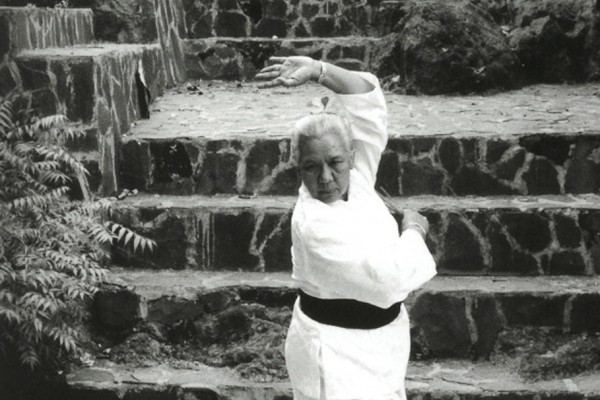Continued (page 2 of 2)
The studio, which was last used for recording in 1969, isn’t large or flashy. The main area consists of a lobby, a 21-foot-by-20-foot performance space and Petty’s adjacent control room, which also served as his office. The recording components in the control room were assembled, and in some cases rebuilt, by Petty himself, who would direct each session through a narrow window that looks into the performance area. Many of the musical instruments on display inside that room are vintage originals, as is most of the furniture throughout the building. Remaining space was converted into a midcentury-modern-style apartment where musicians could nap or nosh when taking a break from recording.
Unlike most historic places, no part of the studio is untouchable, roped off or shielded by glass walls. To have the experience of sitting in Norman Petty’s chair behind his console and listen to a playback of Roy Orbison and the Teen Kings’ Ooby Dooby thundering from the control room’s massive Altec speakers is truly rock ’n’ roll heaven. Even in this age of 128-track digital recording, the power of the rich monaural sound that enveloped the cramped workspace rang clear as a church bell and cut deep like a stiletto –– it was as if The Big O himself was standing right in front of us, rocking his brains out.
All of which begs the question of why Norman Petty hasn’t been inducted into in the Rock and Roll Hall of Fame alongside Buddy Holly and the Crickets. Elvis Presley’s first producer, Sam Phillips, has been enshrined, as have Fats Domino producer Dave Bartholomew and Beatles producer Sir George Martin. Even convicted murderer Phil Spector is honored for his work with the Ronettes. The feud with the Holly estate, which should have been settled or forgiven long ago, may still be denying the long-dead Petty his rightful place in American popular culture. It’s disappointing to think the Hall of Fame could have a political motivation for ignoring Norman Petty’s significant contribution to early rock ’n’ roll music. It would seem a sellout of the maverick artistry the Hall is intended to celebrate.
On the other hand, Petty’s hometown is proud to recognize the achievements of its favorite son (and daughter). The Clovis and Curry County Chamber of Commerce, headquartered a little more than a mile from the studio, hosts The Norman & Vi Petty Rock & Roll Museum within its offices. This lovingly assembled collection of musical and personal memorabilia, much of it donated by Kenneth Broad from the couple’s estates, documents the Pettys’ illustrious lives and careers and is a must-see companion to the studio tour. You’ll rave on for days after visiting them both.
NORMAN PETTY RECORDING STUDIOS are located at 1313 W. 7th St. in Clovis, N.M. Tours are free and available only by appointment. Call Kenneth Broad at 575-356-6422 to schedule a visit. Please allow two weeks’ notice of your trip to ensure availability. THE NORMAN & VI PETTY ROCK & ROLL MUSEUM is located at 105 E. Grand Ave., Clovis, N.M. Call 575-763-3435 for information.
MORE SEDONA ROAD TRIPS: Nevada National Security Site, Canyon de Chelly, Lake Powell, Havasu Canyon, photographing Arizona, 3 slot canyons, 10 places to go to beat the Arizona heat, Acoma Pueblo, Grand Canyon, The Wave, Oak Creek Canyon, Crown King, Jerome, Sunset Crater Volcano, Wupatki National Monument, Arizona animal parks, Monument Valley, Phoenix’s Musical Instrument Museum, Navajo National Monument, Mormon Lake



